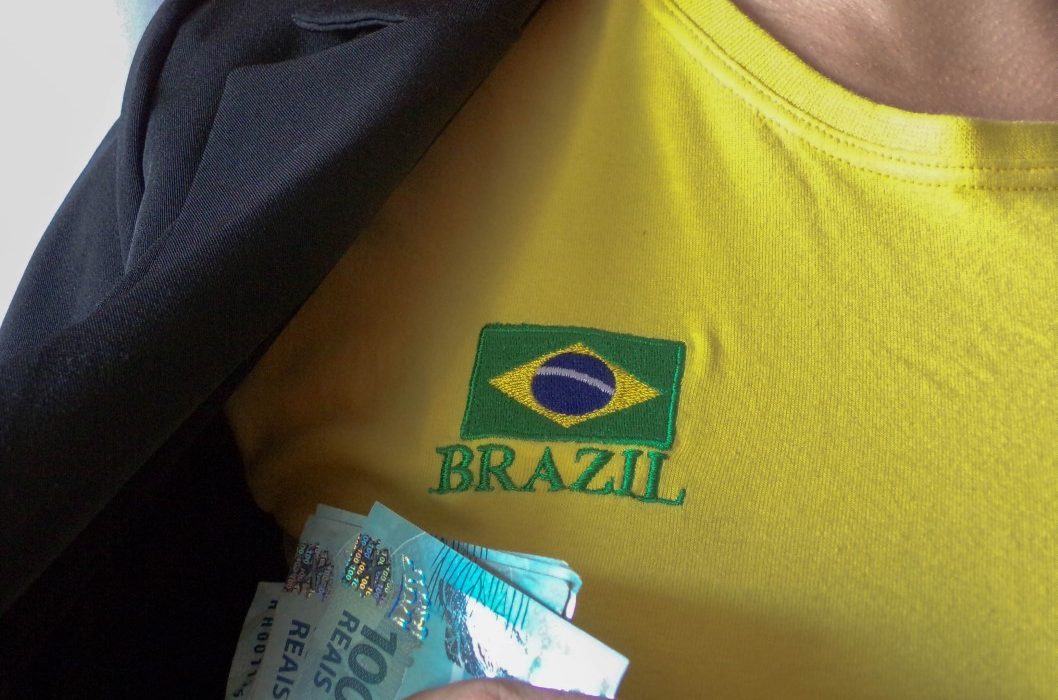
You might also like:
The dollar is on the rise and is already affecting tourism of Brazil. Last week, the dollar reached a mark of R$ 3,486, the highest since 13 June 2016. For some international trips, the demand for outbound travel and bookings fell by 20% compared to April 2017.
The President of Master Turismo, Fernando Dias, confirms the consumer’s behavior: they wait for a dollar slump. He reveals that, today, 65% of the trips marketed by the company target destinations abroad.
“If the dollar keeps hitting new highs, this may change,” he declares. Optimistic, he says that, before giving up on the idea of traveling abroad, the Brazilian consumer tries to adapt to the situation. “They reduce the travel length, they change hotels or the destination,” he said.
The manager of Voe Simples, Ronney Anderson de Carvalho Lacorte, notices that the impact is different according to the audience. “In class C, the peaking dollar has an immediate impact, and people may postpone their trip or even give up on it,” he says. From this company’s perspective, which target classes A and B, accounting for 60% of sales, the impact is expected not to be so extensive. Today, 75% of the sales are for international destinations.
According to the opinion of the manager of World Study, an exchange broker, the market is expected to resume its normal performance in one, two months down the road. “When a person notices that the dollar will not fall again, they resume their initial plans,” he observes.
Another variation that takes place when the American currency is on the rise is a change of destination. In Mapa de Intercâmbio (Exchange Map), outlined every three months with approximately 4.000 participants from all over the country, the United States ranked 2nd among the most desirable destinations, with 13.15%, only losing to Canada, with 34.25%. “With a more expensive dollar, the United States should lose the second place for Australia. After all, not only their currency costs less, the students also have the advantage of studying and working there,” Paulo Silva declares.
The sales manager of CVC in Minas Gerais, Rafael Ulbanejo, emphasizes that the dollar’s oscillation history in recent years shows that the customer does not forfeit the idea of going for holiday. “If the decision falls on international destinations, the customer usually goes after easier payment methods and promotions, so that the trip suits their budget,” he observes.
He emphasizes that, being an open-ended investment company, CVC can only disclose quarterly data. In the aggregate of the first three months of the current year, the operator has recorded a 25% increase in revenues with sales of international trips, when compared to the same period of 2017.
Source: tourism-review.com
